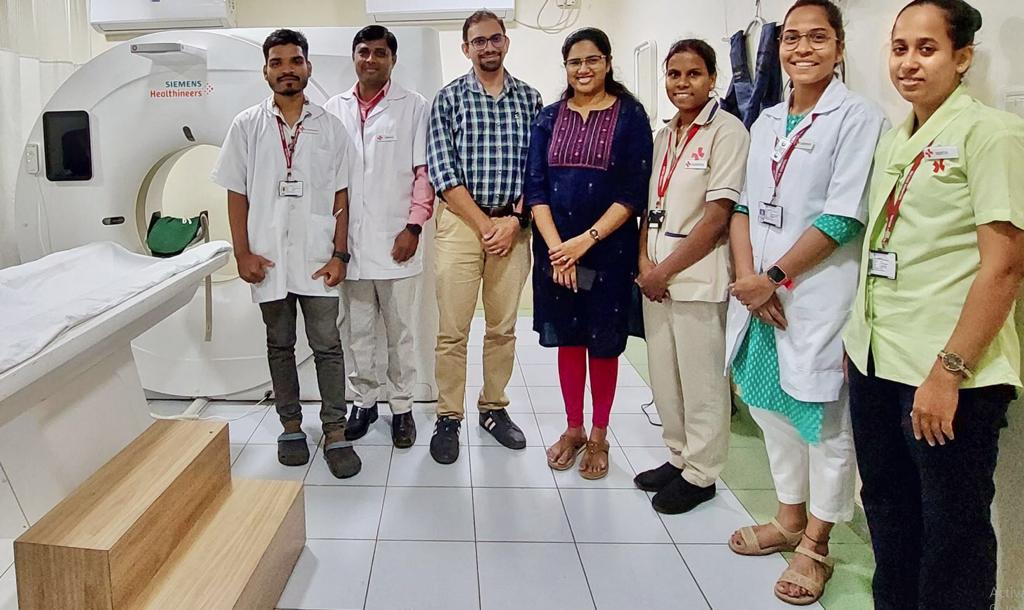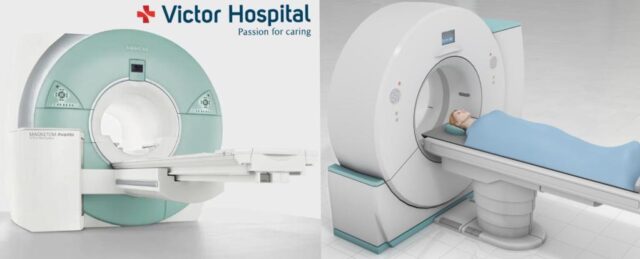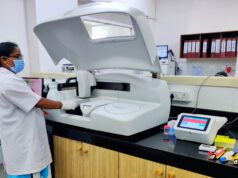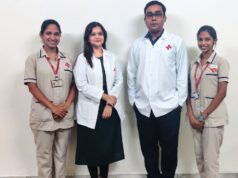Victor Hospital-Margao, Department of Radiology, is highly equipped with the latest advancements and exceptionally-skilled staff committed to providing accurate diagnosis and radiological services to patients. The Department of Radiology at Victor hospital is headed by Dr. Franzil de Miranda, Dr. Nikita Shet Kanekar and Dr. Nisha Alvares. Recently, the hospital successfully treated a 90-year-old suffering from jaundice caused by liver cancer with ‘Y’ stenting. Since 8th November is commemorated as International Radiography Day, Radiologists and Radiographers contribute to the continuum of healthcare in a variety of ways. A key objective of the program is to increase public awareness of the role that radiology plays in the safety and treatment of patients, stated a press release.
The Radiology department is well-equipped with a Phillips Cath lab, CT scan, 1.5 T MRI, high-end USG and color Doppler. Apart from performing diagnostic procedures they also perform CT and ultrasound-guided biopsies. For pain management in cancer patients, various procedures can help including celiac plexus blocks and nerve root blocks. These procedures can help avoid surgery in certain cases and allow patients to feel better earlier.
As part of its commitment to excellence, Victor Hospital would like to congratulate its Radiology team on a successful ‘Y’ stenting performed on a 90-year-old female cancer patient. The woman presented with severe jaundice and MRI’s and CT scans performed on her revealed that she had liver cancer that was blocking the biliary duct. In addition, she developed a liver infection as well.
Dr. Franzil de Miranda, Consultant Radiologist – Victor Hospital states that “Percutaneous trans hepatic biliary stenting is a form of pin-hole surgery that can be performed under local anesthesia for cancer-related jaundice. As a result, her septicemia, which was unresponsive to antibiotics, was cured”.

Considering her advanced age and her fitness, surgery and general anesthesia would not be the right option for her due to the risks involved therefore the decision was made to insert a stent into the left biliary duct using an endoscope. In the next step, the interventional radiologists performed a procedure known as PTBD (percutaneous trans hepatic biliary drainage), which involved entering the blocked bile duct through the skin with just local anesthesia and draining pus from the liver itself. Through the previous stent, a metallic stent is inserted in a ‘Y’ configuration. A very important point to note is that both the jaundice, as well as the infection disappeared after the procedure had been completed. After a few days in the hospital, the patient’s appetite started to improve and she was discharged.






